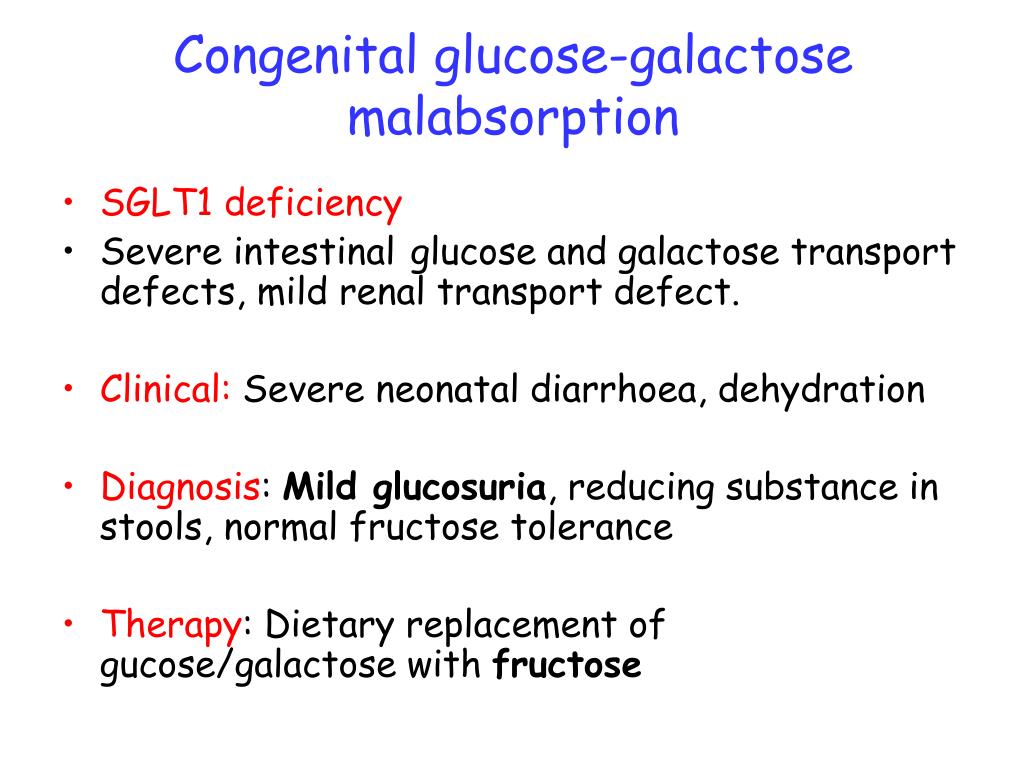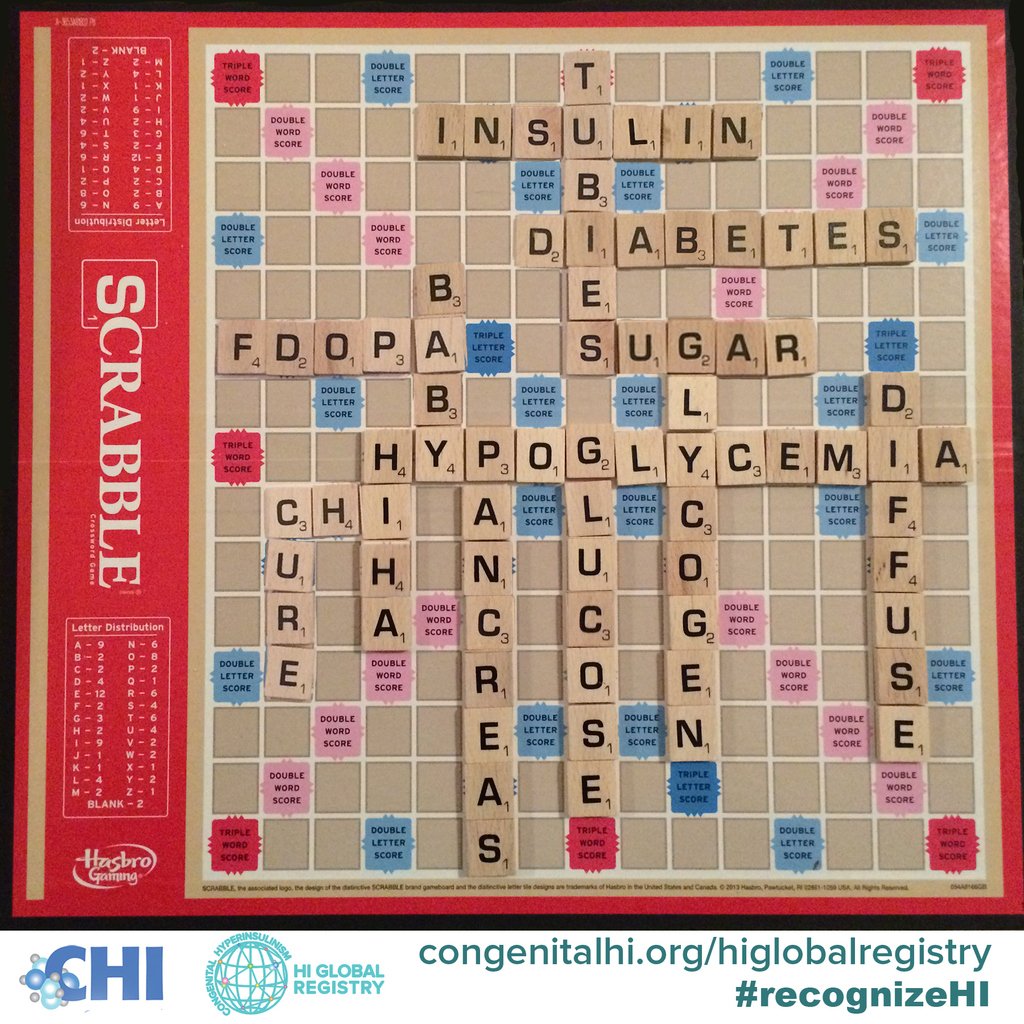Use Of Glucagon And Ketogenic Hypoglycemia / Ketotic Hypoglycemia Glucagon | All Articles about ... - I say perceived because during an episode, the blood sugar readings may be in the normal range, but still feel like low blood sugar to the person having the reaction.
Use Of Glucagon And Ketogenic Hypoglycemia / Ketotic Hypoglycemia Glucagon | All Articles about ... - I say perceived because during an episode, the blood sugar readings may be in the normal range, but still feel like low blood sugar to the person having the reaction.. (1) broadly, to refer to any circumstance in which low blood glucose is accompanied by ketosis, and (2) in a much more restrictive way to refer to recurrent episodes of hypoglycemic symptoms with ketosis and, often, vomiting, in young children. Glucagon was originally thought to be a contaminant that caused hyperglycemia found in pancreatic extracts in studies from 1923. Glucagon may also be used for purposes not listed in this medication guide. Glucagon, glucagon recombinant (glucagen, glucagon emergency kit) is a glucagon emergency kit prescribed to treat severe hypoglycemia in patients with diabetes. This may involve using a medication called glucagon.
In glucagon is as effective as injectable glucagon, and devoid of most of the technical difficulties associated with administration of injectable glucagon. It is associated with significant morbidity and reduced quality of life glucagon has been shown to be as effective as glucose for the treatment of hypoglycemia. Possible side effects are nausea and vomiting. Glucagon may also be used for purposes not listed in this medication guide. For the treatment of severe hypoglycemia:

Hypoglycemia can be a side effect of insulin or other types of diabetes medicines that help your body make if you are taking insulin, a sulfonylurea, or a meglitinide, using your diabetes management plan and an injection of glucagon will quickly raise your blood glucose level.
Glucagon may also be used for purposes not listed in this medication guide. This may involve using a medication called glucagon. Glucagon works a tad faster when injected into the muscle versus under the skin. I say perceived because during an episode, the blood sugar readings may be in the normal range, but still feel like low blood sugar to the person having the reaction. Glucagon is used in the event that a person with diabetes loses consciousness due to hypoglycemia and is unable to swallow glucose. See full prescribing information for glucagen. The most common is a side effect of drugs used to. It is alos used for radiologic examiniations. Glucagon is used to treat hypoglycemia (low blood sugar). Hypoglycemia, exercise, trauma, infection, and other stress. Pharmacologic therapies for persistent neonatal hypoglycemia. Treating severe hypoglycemia requires the assistance of one of the side effects of glucagon is nausea and vomiting, so once the injection is given, the person should be placed on his or her side to. The condition can cause permanent brain damage and is potentially fatal.
(1) broadly, to refer to any circumstance in which low blood glucose is accompanied by ketosis, and (2) in a much more restrictive way to refer to recurrent episodes of hypoglycemic symptoms with ketosis and, often, vomiting, in young children. Ketotic hypoglycemia is a medical term used in two ways: Carrying glucagon medication can help protect your health in case of a hypoglycemia emergency. The condition can cause permanent brain damage and is potentially fatal. Indicated for use during radiologic examinations to temporarily inhibit movement of the in reported cases nme resolved with discontinuation of glucagon, and treatment with severe hypoglycemia requires the help of others to recover, instruct patient to inform those around them.

(6), using somatostatin to reduce circulating glucagon and mitigate diabetic ketoacidosis (dka), add to the now.
Glucagon, glucagon recombinant (glucagen, glucagon emergency kit) is a glucagon emergency kit prescribed to treat severe hypoglycemia in patients with diabetes. Glucagon is classically described as a counterregulatory hormone that plays an essential role in the protection against hypoglycemia. It is a hormone made in the pancreas and raises blood glucose. Indicated for use during radiologic examinations to temporarily inhibit movement of the in reported cases nme resolved with discontinuation of glucagon, and treatment with severe hypoglycemia requires the help of others to recover, instruct patient to inform those around them. (1) broadly, to refer to any circumstance in which low blood glucose is accompanied by ketosis, and (2) in a much more restrictive way to refer to recurrent episodes of hypoglycemic symptoms with ketosis and, often, vomiting, in young children. I say perceived because during an episode, the blood sugar readings may be in the normal range, but still feel like low blood sugar to the person having the reaction. Carrying glucagon medication can help protect your health in case of a hypoglycemia emergency. There is no danger of taking too much. Glucagon for injection is not indicated for the emergency treatment of hypoglycemia because it is not packaged with a syringe and diluent necessary for rapid preparation and the concomitant use of indomethacin and glucagon for injection may lead to hypoglycemia. Glucagon can be safely administered using any of these three methods(iv/im/sc), though iv delivery is generally reserved for trained health care workers. (6), using somatostatin to reduce circulating glucagon and mitigate diabetic ketoacidosis (dka), add to the now. Treating severe hypoglycemia requires the assistance of one of the side effects of glucagon is nausea and vomiting, so once the injection is given, the person should be placed on his or her side to. Hypoglycemia is the most common biochemical finding in the neonatal period.
Glucagon can be administered by injection in response to severe episodes of hypoglycemia. Side effects, drug interactions, storage, dosage, and pregnancy safety information. There are two types of. Glucagon is available for use intravenously, intramuscularly, or subcutaneously in a kit that contains a vial of sterile glucagon and a syringe of sterile diluent. It is associated with significant morbidity and reduced quality of life glucagon has been shown to be as effective as glucose for the treatment of hypoglycemia.

Hypoglycemia is often experienced by people with diabetes following strict glycemic control.
Moreover, the classic studies of gerich et al. The condition can cause permanent brain damage and is potentially fatal. Hypoglycemia is often related to diabetes treatment. (1) broadly, to refer to any circumstance in which low blood glucose is accompanied by ketosis, and (2) in a much more restrictive way to refer to recurrent episodes of hypoglycemic symptoms with ketosis and, often, vomiting, in young children. Hypoglycemia is often experienced by people with diabetes following strict glycemic control. Glucagon may also be used for purposes not listed in this medication guide. For many people, a there are several reasons why this can happen; Possible side effects are nausea and vomiting. There is no danger of taking too much. The ada standards of care recommends prescribing glucagon for all individuals at increased risk of level 2 (moderate) hypoglycemia so it's available if needed.1. Glucagon is classically described as a counterregulatory hormone that plays an essential role in the protection against hypoglycemia. It is associated with significant morbidity and reduced quality of life glucagon has been shown to be as effective as glucose for the treatment of hypoglycemia. Evaluation of glycogen storage disease as a cause of ketotic hypoglycemia in children // j inherit metab dis.
Komentar
Posting Komentar